Let's start with the basics, shooting static aircraft. For those with shorter lenses and point & shoot cameras, these are going to be half of your best shots. In these first two examples, you can see what a lot of other people shoot.
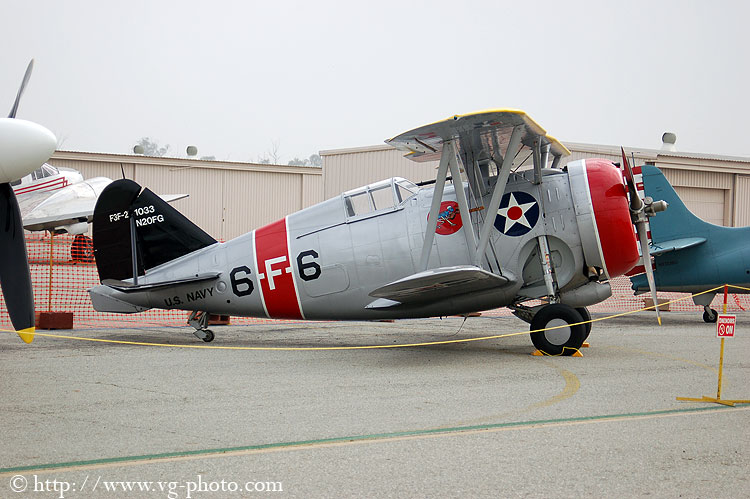

These pictures are "okay",
and most people would be happy with them. Not me. There are a couple of
things right off the bat that bother me about these. In both shots, the
yellow rope is clearly visible. In the first shot, it's even worse
because ot cuts right through the center of the main landing gear.
Another thing that bothers me with these is that the pictures aren't
level. They are tilted slightly clockwise from where they should be.
Levelling is an easy enough problem to remedy, watch the horizon. For
the ropes, take a step either left, right or forward so they are no
longer in the frame. Never move the ropes, that will likely anger the
warbird owner and/or the show staff. Leave them where they are and work
around them, they are there for your safety and the safety of others.
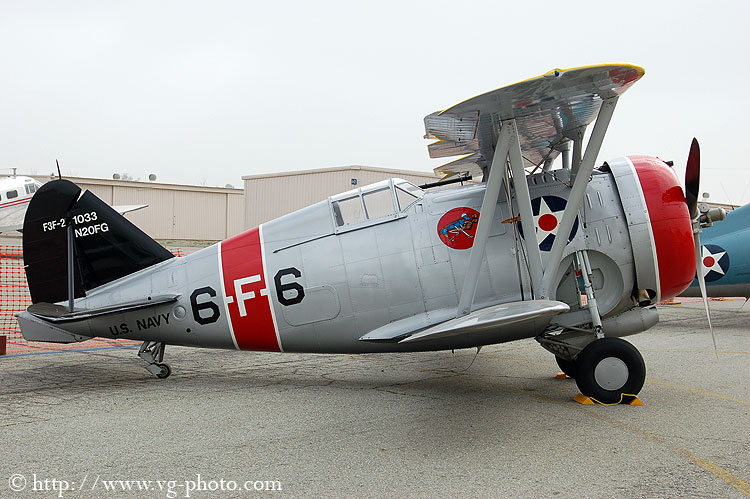

That looks better, but still needs to be a bit more level. The distracting yellow ropes are now out of the picture without having to spend a lot of time in photoshop with the clone stamp tool! Now you have some passable images, but are they unique? Not at all. As a matter of fact, this will be the most common of all photos taken at any airshow because they don't require long lenses or expensive cameras. What makes them unique is the angle that you take them and the originality of the image. If you stand in front of the aircraft and take the photo from eye level, you have done what almost every single snaphot shooter does. Stand up on something to give you a higher angle, or get down on your belly and shoot from the prone position. I particulary like low angle shots because they make the airplane larger than life. Also don't forget to look from other views. The front 3/4 side and full side views are common.
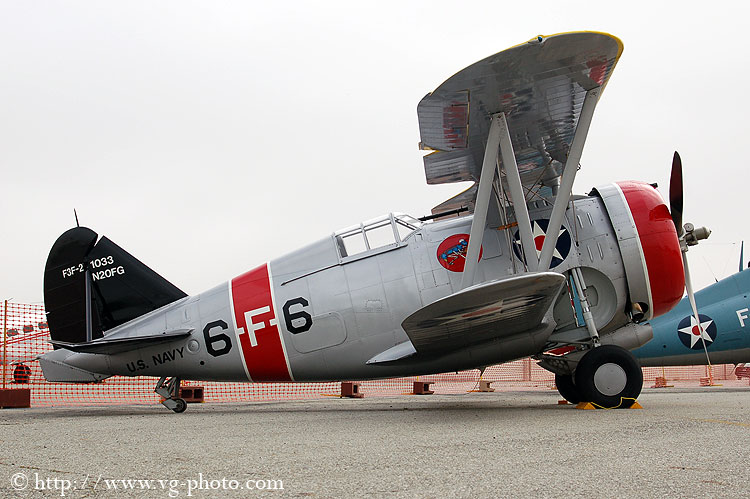

The difference is subtle, but noticable. The 2 shots above were taken from a prone postition. So applying these principles, working the angles and the catching the interesting viewpoints, we catch some interesting and unusual pictures. Sometimes you need to walk around the airplane, look at the views and visualize what the shot will look like when done. Here are some examples of applying these techniques.
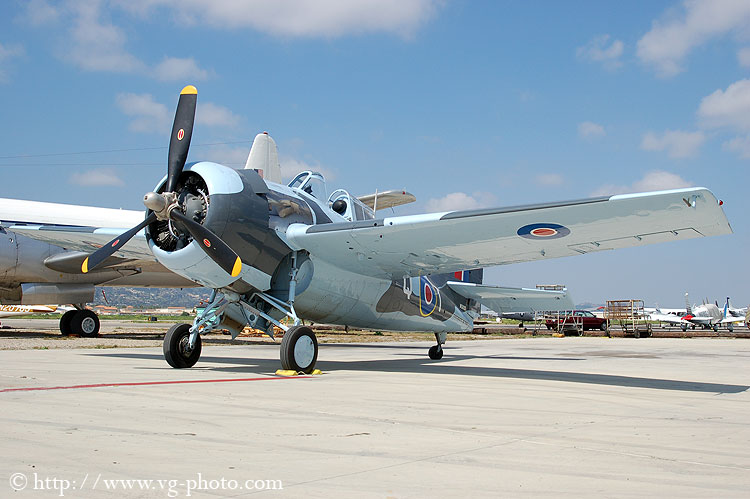
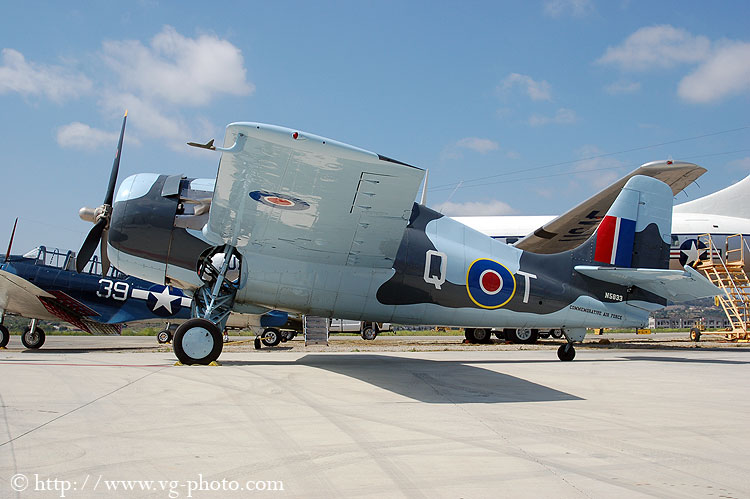
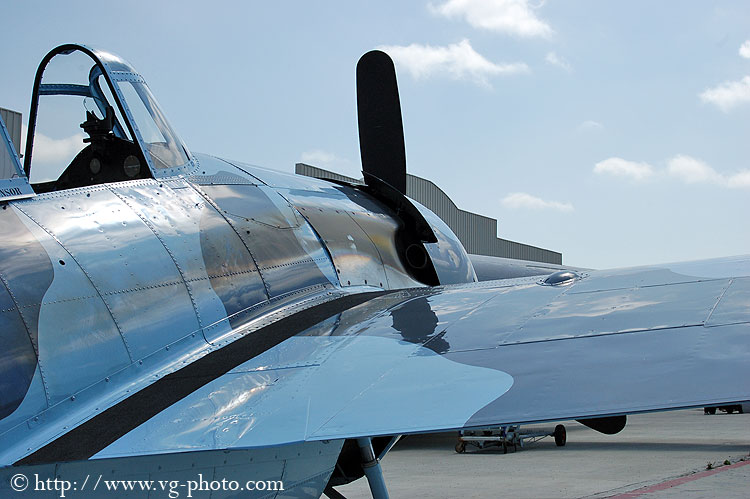
One last thing, lighting.
Watch where the light is when shooting anything. If it doesn't look
right to your eye, it will look wrong to the sensor in the camera also.
If your subject is between you and the sun, you will get a silhouette.
That is okay if that is the desired effect, but most times that is not
what is desired. If you do catch one and it's not the desired effect,
cleanup is difficult, but somewhat salvageable in photoshop using
the shadow and highlight tool. You will get some residual noise as a
consequence.


Sometimes, lighting, clouds and shiny warbird surfaces can make cool effects. Again, it's sometimes a matter of walking around the airplane and watching for interesting angles. If you visualize what the shot will look like in your mind, you can make interesting shots. Watch the position of lighting sources too because of glare. Below are examples of using all the elements to make interesting static aircraft shots.

I used a flash to light up the back end of this SNJ, which was in a hangar. The natural sunlight through the hangar doors made for an interesting light scheme.
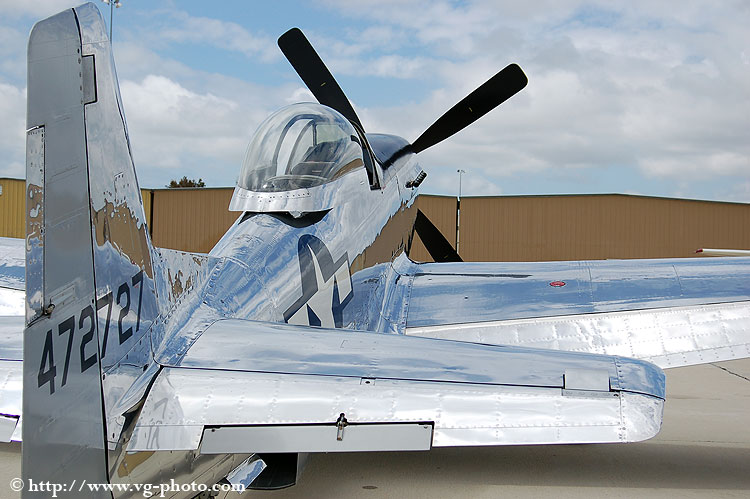
The almost-mirrored finish on this P-51 Mustang made some great reflections from the partly cloudy sky.